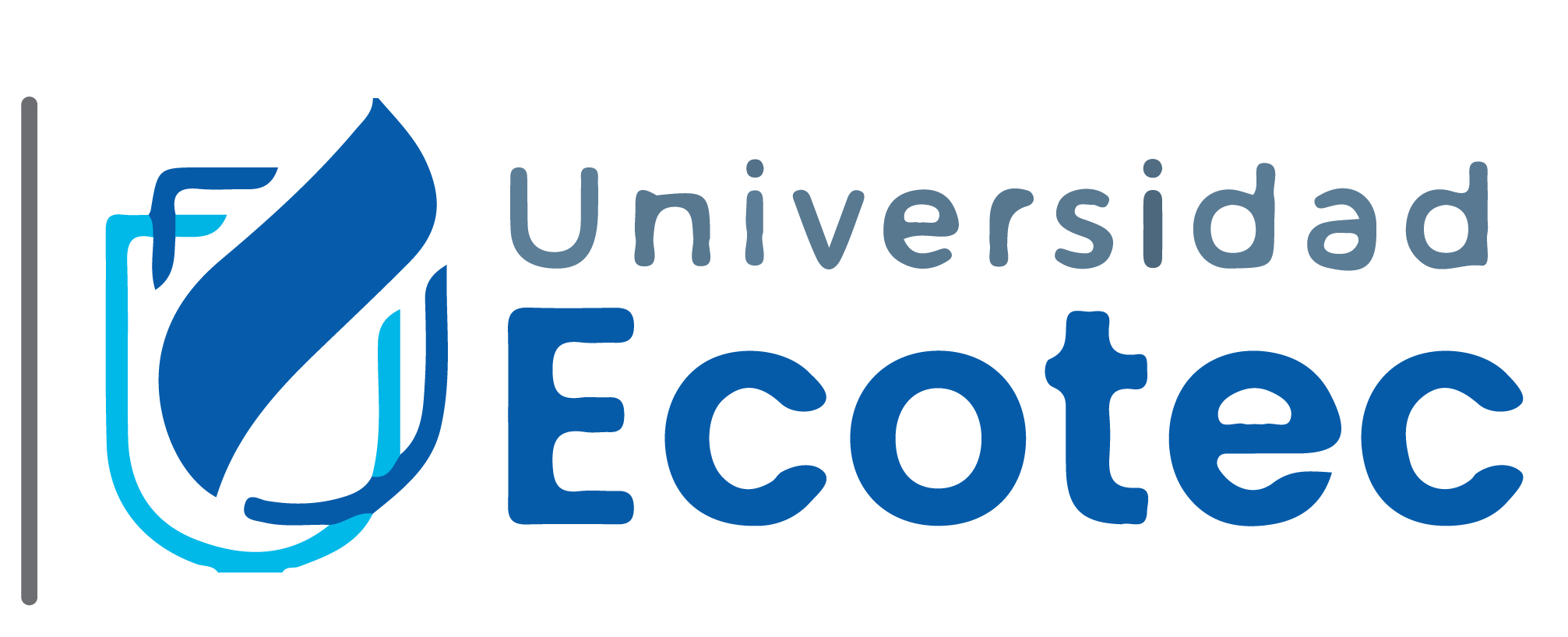Artículo
Top 100 most-cited articles on intraoral squamous cell carcinoma and its risk factors: a bibliometric study
Resumen
0
Autores | Takiya, H; Negreiros, I; Yamamura, CLK; Quintanilha, JA; Machado, CAS; Abiko, A; de Campos, CI; Pessoa, MSD; Berssaneti, FT |
Título | Application of Open Government Data to Sustainable City Indicators: A Megacity Case Study |
Afiliaciones | Universidade de Sao Paulo; Universidade de Sao Paulo; Universidade de Sao Paulo; Universidade de Sao Paulo; Universidade Federal de Goias |
Año | 2022 |
DOI | 10.3390/su14148802 |
Tipo de acceso abierto | gold |
Referencia | WOS:000832549200001 |
Artículo obtenido de: | WOS |



